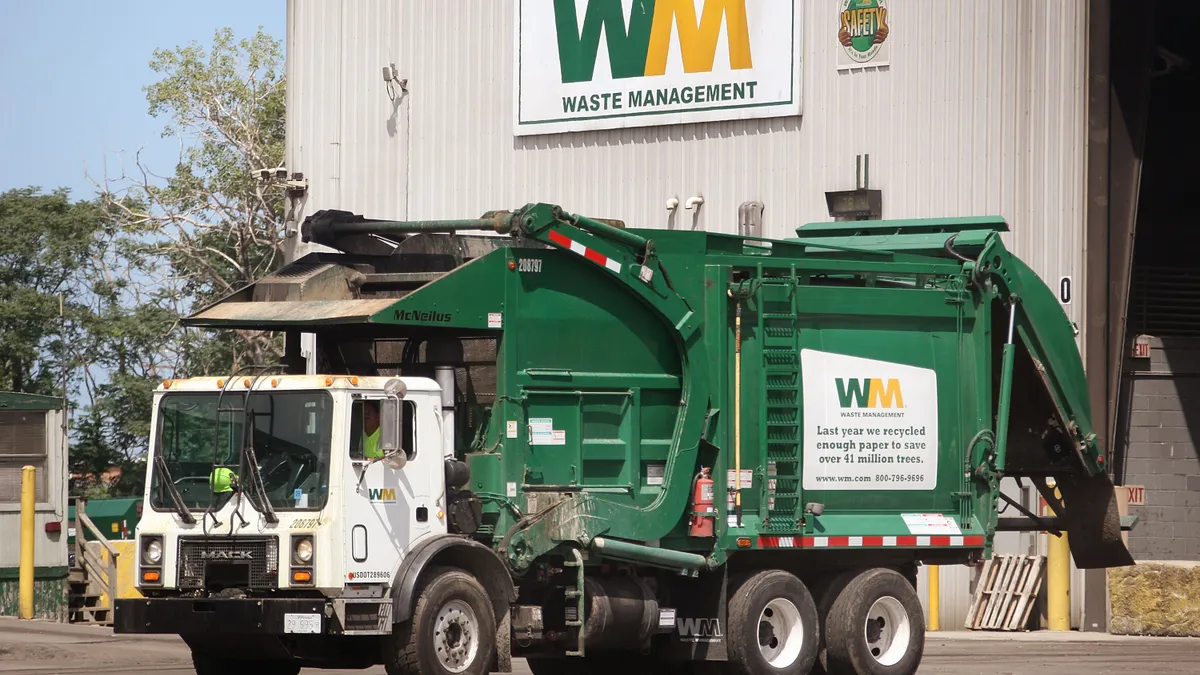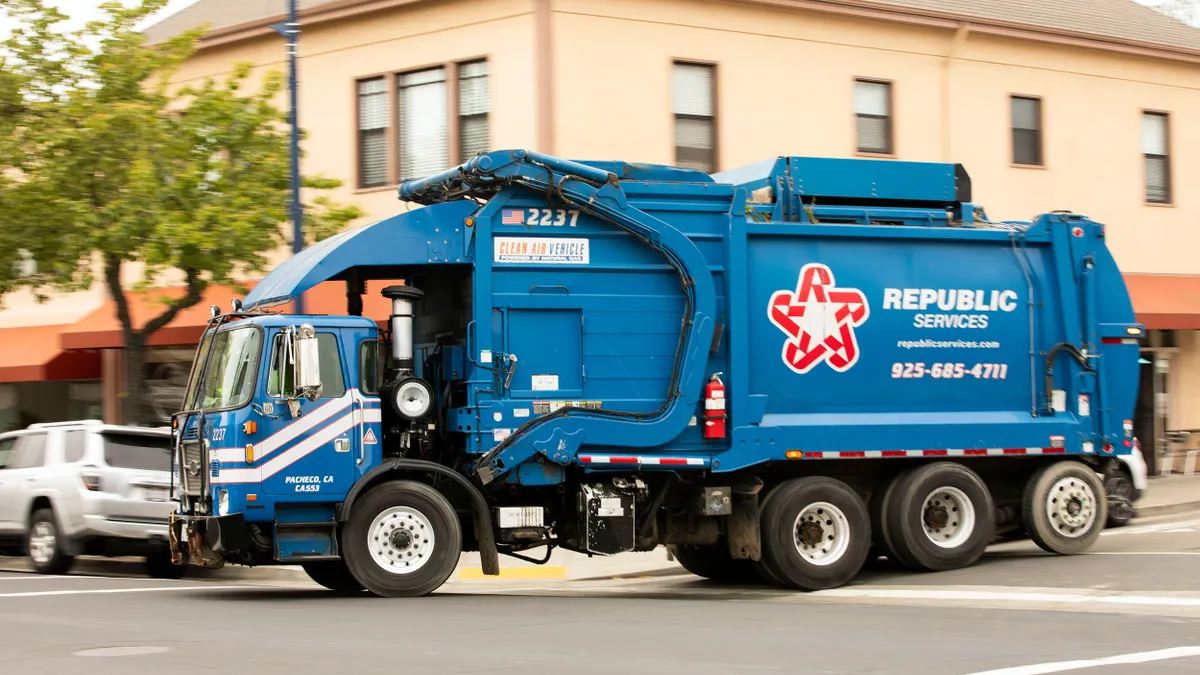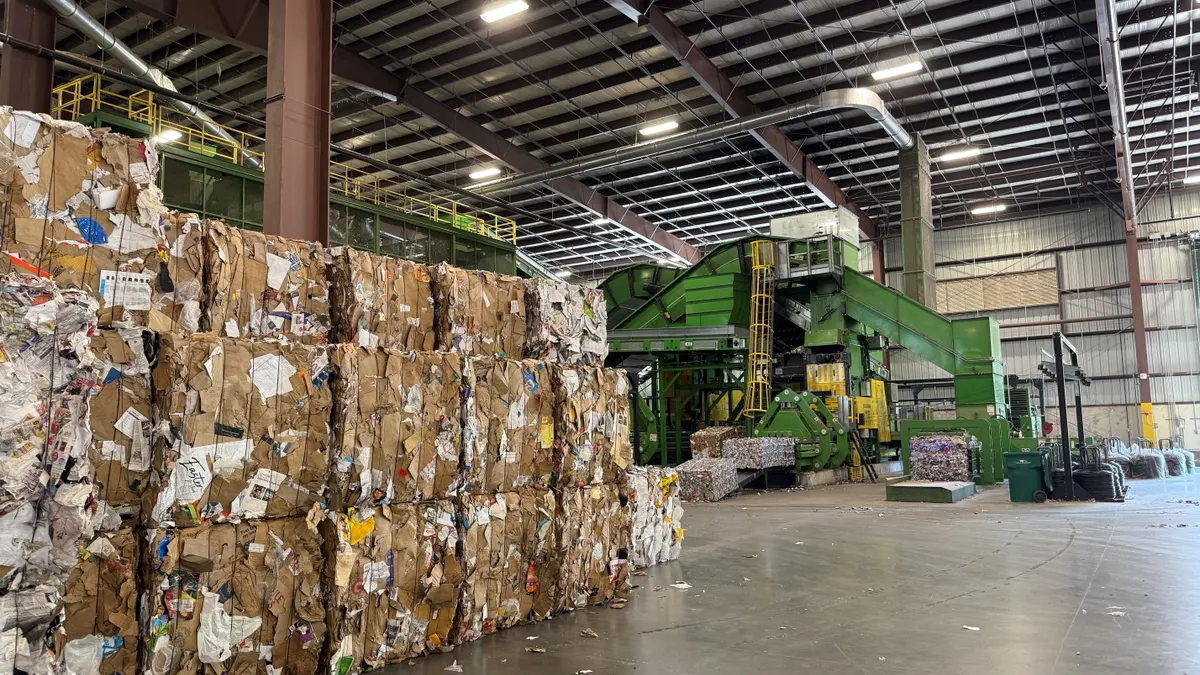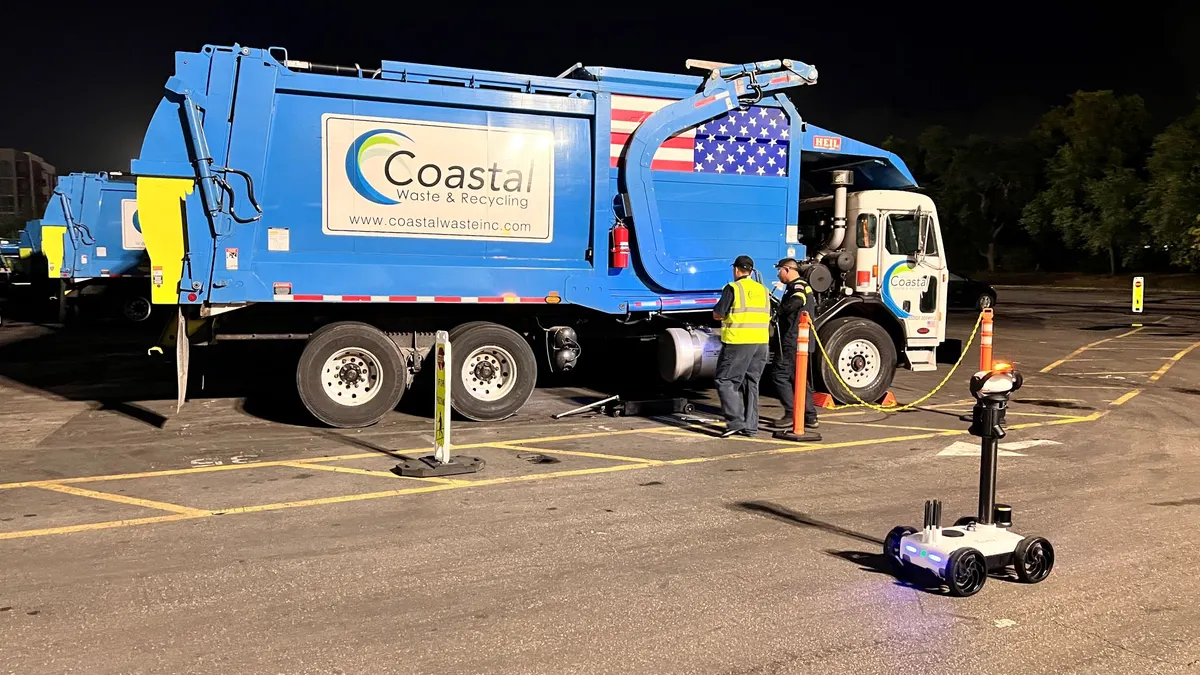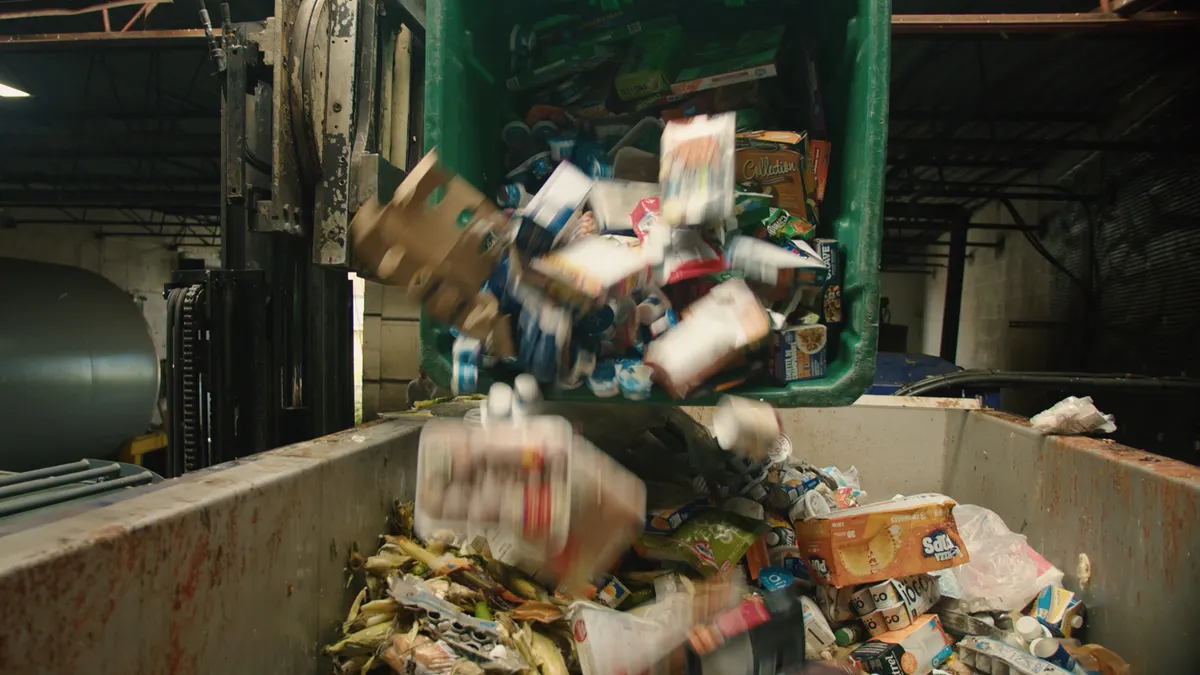The financial and logistical challenges of starting a food scrap diversion program can seem daunting for smaller cities. A newly published study from MIT shows that no one characteristic is a prerequisite for taking the leap.
The study, published in the October 2017 edition of the journal Resources, Conservation and Recycling, was written by a team of three researchers from MIT's Department of Urban Studies and Planning and Department of Materials Science and Engineering. They set out to understand where food scrap diversion programs were happening in mid-size and large cities. Their results were based on 115 responses from cities with between 100,000 and 1 million people — about 28% of the U.S. population.
The researchers had seen a growth in awareness about food scrap programs (FSP), but noted that little research had been done on what type of cities were pursuing them and whether this had any similarities to the growth of curbside recycling in the 1990s.
"The spread of recycling offers an analogue to current trends in municipal food scrap diversion programs. Today, most U.S. municipalities offer some kind of recycling infrastructure, whether through curbside collection or drop-off facilities. Food scrap recycling, on the other hand, is still in its early days," they wrote.
Where it's happening
Based on the survey, conducted in 2015, the MIT researchers found that 40% of respondents had some type of existing FSP. The survey defined an FSP as "educational programs, including home visits by composting experts; free or discounted barrels for home composting; free or discounted bins for food scrap collection in the home; drop-off facilities; and curbside collection."
Among these respondents, 36% had educational programs. Free or discounted backyard bins were the second most common at 19%, and 18% of cities had curbside collection. Some respondents also had more than one type of FSP in place. The researchers chose to keep the identities of these cities anonymous, though did offer breakdowns by size and EPA region within their research.
"Within these cities, this particular size range, it really seems like being on the smaller end or being on the larger end doesn’t make a huge difference," Lily Baum Pollans, one of the paper's co-authors who is now an assistant professor of urban policy and planning at Hunter College. "That was a little bit of a surprise for us."
In terms of which cities had any type of FSP, population size and socioeconomic status weren't found to be significant drivers. Out of various factors that have been found to correlate with successful recycling programs in previous research — median income, educational attainment, density, age, and housing characteristics — only educational attainment was found to have any connection.
As for curbside collection, cities with higher population densities were more likely to offer the service in some form.
Why it's happening
While no one type of city was a clear fit for having these programs, the MIT team did find that certain waste policies played a role.
Cities that could build on existing infrastructure and already had waste reduction policies in place, such as pay-as-you-throw (PAYT) programs, were more likely to have FSPs of some kind. The existence of yard waste collection programs and PAYT together correlated with other FSPs being in place as well.
Looking at cities with curbside programs, the researchers found that PAYT was also a factor. Yard waste collection wasn't as relevant because it is often seasonal. Cities with source-separated recycling were less likely to have curbside organics, possibly because if they hadn't followed the more widespread single-stream trend they wouldn't be prioritizing organics collection yet. Interestingly, the presence of a municipal diversion rate goal wasn't found to be a major factor.
In the cities that offered curbside programs, the researchers didn't delve into whether they were being serviced by municipal or private collection.
“From more general research we haven’t actually observed much of a pattern," said Pollans. “What really matters is that there’s a public sector agency taking leadership around the issue."
Next steps
According to this study, making food scrap recycling a priority is possible for any city regardless of their location or condition.
"There is no magic here: regardless of most socio-economic characteristics, any city could move in this direction if it is willing to make the commitment," concluded the authors.
As noted in the study, and during Waste Dive's conversation with Pollans, determining the success of these programs is a different question. The fact that many of the mid-size respondents only had educational programs could be taken as a sign that they're not doing enough. Though just because a city has curbside collection doesn't mean residents are participating fully or correctly. Further research is also underway about the politics and policies behind starting composting programs and broader waste management programs in general.
“We have a lot more work to do," said Pollans.
When factoring in larger cities not included in this study, the number offering curbside collection becomes much larger. BioCycle's latest national survey identified 198 communities with curbside service in 19 states. A new edition of the survey is currently being finalized and may show that number has grown. So far this year, cities such as Falls Church, VA and Boise, ID have launched new programs. As existing programs expand in larger cities such as New York, Los Angeles and Austin, more people are gaining access on a regular basis.
Opinions may differ on the most cost-effective way to address food waste — and state or local regulations are still big drivers for where programs are happening — but it's clear that awareness is growing at a municipal level around the country.







